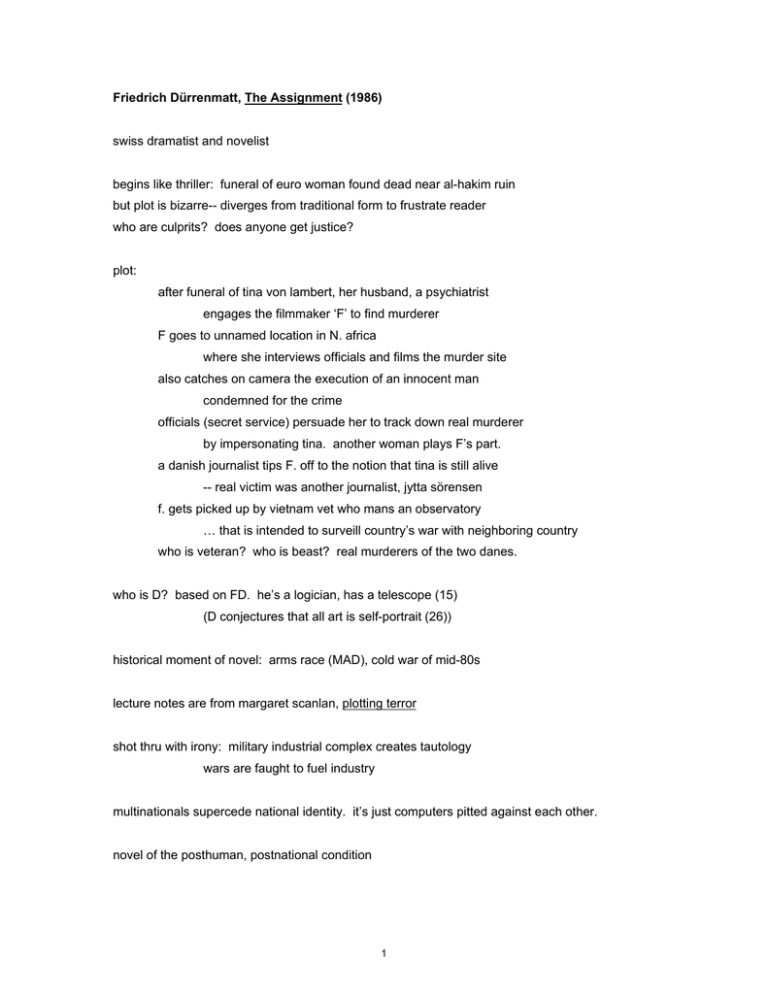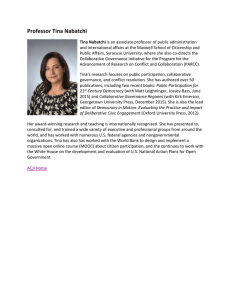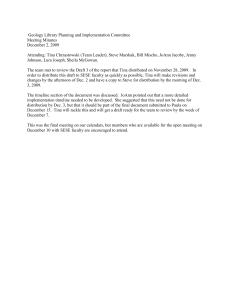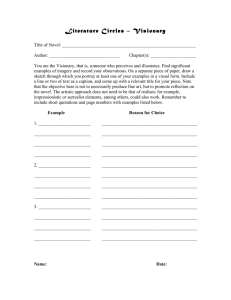Friedrich Dürrenmatt, The Assignment (1986) swiss dramatist and novelist
advertisement

Friedrich Dürrenmatt, The Assignment (1986) swiss dramatist and novelist begins like thriller: funeral of euro woman found dead near al-hakim ruin but plot is bizarre-- diverges from traditional form to frustrate reader who are culprits? does anyone get justice? plot: after funeral of tina von lambert, her husband, a psychiatrist engages the filmmaker ‘F’ to find murderer F goes to unnamed location in N. africa where she interviews officials and films the murder site also catches on camera the execution of an innocent man condemned for the crime officials (secret service) persuade her to track down real murderer by impersonating tina. another woman plays F’s part. a danish journalist tips F. off to the notion that tina is still alive -- real victim was another journalist, jytta sörensen f. gets picked up by vietnam vet who mans an observatory … that is intended to surveill country’s war with neighboring country who is veteran? who is beast? real murderers of the two danes. who is D? based on FD. he’s a logician, has a telescope (15) (D conjectures that all art is self-portrait (26)) historical moment of novel: arms race (MAD), cold war of mid-80s lecture notes are from margaret scanlan, plotting terror shot thru with irony: military industrial complex creates tautology wars are faught to fuel industry multinationals supercede national identity. it’s just computers pitted against each other. novel of the posthuman, postnational condition 1 The Assignment disrupts conventions of ‘terrorist lit’ most of the books we’ve read follow 19th-c. realism --govt officials, press, and terrorists all collaborate to construct terrorism accd to popular fiction --terrorist is portrayed as the other, the outsider how do we see this in the good terrorist? --mad bombers, motivated by traumatic childhoods and personal failures traditionally, there is little attempt to convey the details of the historical causes the motivate militancy FD wants to show inadequacy of realism --he also suggests that terrorists are ‘half-creations of the unstable state’ (taussig) --they are represented in a way that legitimates the state’s own violence Terror and Taboo (Zulaika and Douglass) terrorism denotes the ‘terrorism discourse’ that is created and sustained by western govts, the media, and terrorist experts this discourse pays enormous attention to bombings by revolutionary groups while slighting the much larger incidence of domestic violence or urban violence (in US). disproportionate emphasis on the dangers of tm discourages citizens of the democracies from criticizing their govts’ stockpiling of nuclear/bio weapons, which, the discourse tells us, are to be feared mainly bc the terrorists might get hold of them! FD wants to expose the myths of tm, wants to show the complex reality that underlies the familiar stories. 2 how does he do this? fragmentation of identity thru this fragmentation FD shows a longing for order that asserts itself in --totalitarian politics --fundamentalist religion --documentary realism all these disciplines depend on observation how to distinguish bw victims and practitioners of terror? FD doesn’t give us conventional story of sinister islamic terrorists. who are the actual killers? the two americans, polypheme and achilles FD situates novella with regard to Islamic fundamentalism, but then contravenes our expectations: 58/ if anything, otto v. lambert is on side of militants in this novel, tm is impossible to locate --it is dispersed through state and society again, how to distinguish bw victims and practitioners of terror? nothing is what it seems… --sörensen, not tina, is the first victim --tina “returns from dead” (73) --hard to decide whether brain-damaged vet is victim or terrorizer --few names of ppl or places --reader can’t master the story question what do you think the subtitle means? we desire discipline and control, we want to be observed. consider this passage (89) “freedom was the trap into which she was expected to flee” 3 german version has second subtitle: novelle in 24 sätzen (philosophical propositions, Iliad) subversive suggestion: the classical (western) literature is terroristic. question let’s read the epigraph this evokes the radical insecurity in our world -- we move into a future at once unknowable and deeply determined --human being reduced to a spider (short-lived pest) question what kind of god can we have now? 19-20/ read passage (also part of 21) Soren Kierkegaard (1813-55) reacts to Hegel, precursor to existentialists belief in the necessity— for each individual— of making a fully conscious, responsible choice among the alternatives that life offers central question: how do I relate to God as an existing subject? The starting point of Fear and Trembling is the story of Abraham and Isaac. Abraham prepared to sacrifice Isaac in obedience to a higher duty --this contravenes the laws of ethics. Kierkegaard asks: can we imagine a situation in which ethics can be suspended by a higher authority—i.e., by God… when God himself must be considered the essence of everything ethical? This problem— which Kierkegaard calls “the teleological suspension of the ethical”— led him to the conclusion that faith is essentially paradoxical. Like Either/Or, Fear and Trembling was an attack on the prevailing Hegelian philosophy, which employed grandiose historical perspectives in which the individual was sucked up as tracelessly as a grain of dust. 4 f. deciphers passage, then starts to identify with sörensen 77/ f is “helpless as a spider” she comes to represent a certain kind of art-documentary realism -- but the premises of rm begin to explode for her the day she films tina’s burial 50/ f is helplessly drawn to tina’s coat when tina writes in her journal “I am being watched,” FD (and the character D) articulate the relation of observation to identity what was f’s orignal goal as a documentarist: f. wanted to create “a total portrait of our planet” (5) but f’s faith in representation is shaken by her reading of tina’s journal. all the detail “crushes out” individuality by its “ruthless observation” (11) this terroristic “ruthless observation” ends by destroying the identity it seeks to establish. question: FD sees a danger in realistic art and in the commonsense, consensus notion of reality. why? 35/ one example of this… film crew and police are aligned with each other. both are organs of surveillance FD, better than a political analyst, shows the emotional and intellectual costs of 20th c. life… when even tm can’t be counted on to correspond to our conceptions of it. Otto v Lambert’s insight that “Auschwitz… was not the work of terrorst but of state employees” (58) is well supported in this novel. Terrorists serve the need to believe that there are centers of resistance against a well-established order… 5 yet as the novel demonstrates, the very notion of a center is illusory The new physical terror of computerized bombing and the old one of rape (Iliad) correspond to a condition in which contemporary human beings live and move, their identity fragmented by new philosophical conceptions of memory and the self as well as by new technologies that violate privacy. surveillance-- intended to reduce nuclear war and tm-- are oppressive but desired. question what is ironic end of novel? f. is saved from achilles bc a camera crew rises up from desert to film her at this juncture f. sees how endangered she was (124-25/ “she walked and walked…she was being portrayed”) 6 MIT OpenCourseWare http://ocw.mit.edu 21G.061 Advanced Topics: Plotting Terror in European Culture Spring 2004 For information about citing these materials or our Terms of Use, visit: http://ocw.mit.edu/terms.




